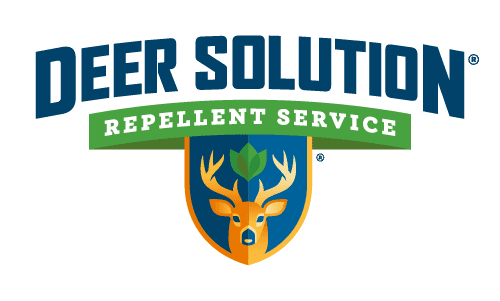Baker County, FL, renowned for its natural charm, faces a unique challenge: deer damage. As residents strive to maintain beautiful front yard landscaping, concerns about deer overpopulation loom large.
In this article, we embark on an exploration of the latest developments surrounding deer-related issues in Baker County, uncovering the delicate dance between residents and these majestic creatures.
Deer Overpopulation: A Growing Concern in Baker County
Residents in Baker County are increasingly grappling with the question of deer overpopulation. The surge in deer-related incidents prompts a closer examination of the ecological balance and the potential impact of a thriving deer population on local flora and fauna.
Understanding the dynamics of deer populations becomes crucial for residents seeking to preserve the beauty of their front yard landscaping.
Front Yard Landscaping: A Canvas of Beauty Threatened by Browsing Bambi
The allure of beautiful front yard landscaping is a hallmark of Baker County living. However, the idyllic scenes face a threat from browsing deer.
From nibbling on vibrant flowers to sampling tender shoots, the impact of deer on front yard aesthetics raises concerns among homeowners who take pride in cultivating their outdoor spaces. Unraveling the interplay between nature’s inhabitants and meticulously designed front yards becomes essential for maintaining Baker County’s visual allure.
Balancing Act: Coexisting with Nature’s Grace in Front Yard Design
As residents grapple with the challenge of deer damage to front yard landscaping, the community seeks a delicate balance between preserving natural habitats and cultivating beautiful outdoor spaces. Local forums and community gatherings become platforms for residents to share experiences and insights on maintaining an equilibrium where both humans and deer can coexist harmoniously.
Impact on Baker County’s Ecosystem: A Closer Look at Front Yard Flora
The surge in deer-related incidents prompts a broader examination of the impact on Baker County’s ecosystem. From the delicate balance of local flora in front yards to potential repercussions on wildlife diversity, residents seek to understand the ecological implications of the rising deer population.
Conservationists and environmental experts closely monitor these developments, emphasizing the need for informed, community-driven conservation efforts that consider both aesthetic and ecological concerns.
Scientific Insights into Deer Behavior: Understanding the Dance in Front Yard Gardens
To comprehensively address Baker County’s browsing dilemma, we delve into scientific insights into deer behavior. Understanding the factors influencing deer populations, their foraging habits, and the ecological context provides a foundation for devising effective, research-based strategies.
Scientific studies contribute valuable data that can guide the community in making informed decisions about coexisting with the local deer population without compromising the beauty of frontyard landscapes.
Front Yard Landscaping as a Haven: Preserving Natural Beauty in the Suburbs
Baker County’s residents view front yard landscaping not just as an aesthetic expression but as a haven where nature and human design intersect. From blooming flower beds to carefully manicured lawns, the residents’ commitment to preserving the beauty of front yard landscapes becomes a testament to their harmonious coexistence with the natural world.
Exploring ways to maintain this haven amid deer challenges is a shared goal that unites the community
Striking a Balance Between Deer and Delightful Front Yards
Baker County stands at the intersection of preserving its natural beauty and addressing the challenges posed by deer damage. From concerns about potential deer overpopulation to unraveling the intricate impact on beautiful front yard landscaping, residents actively engage with these issues.
As the community collaborates to find a balance that allows both residents and deer to coexist harmoniously, the hope is to preserve the allure of Baker County’s front yard landscapes for generations to come.










